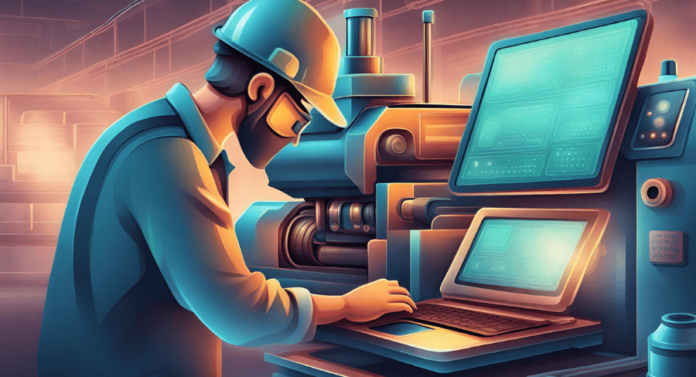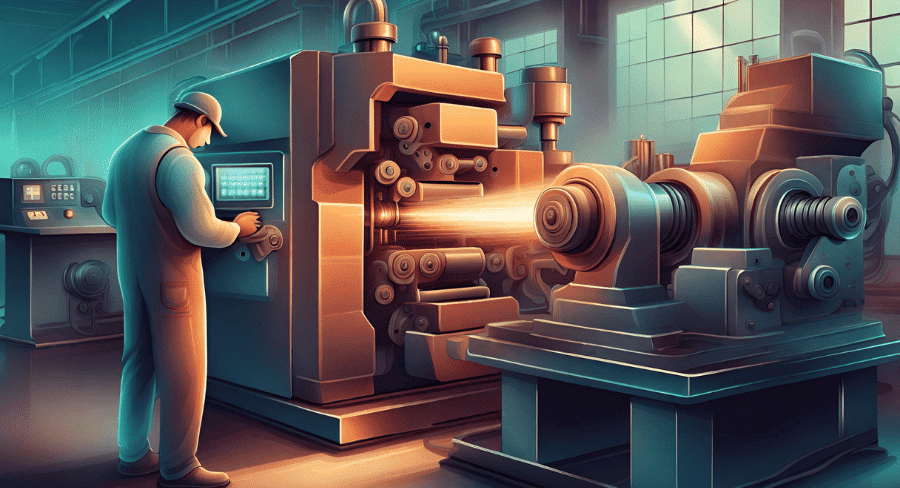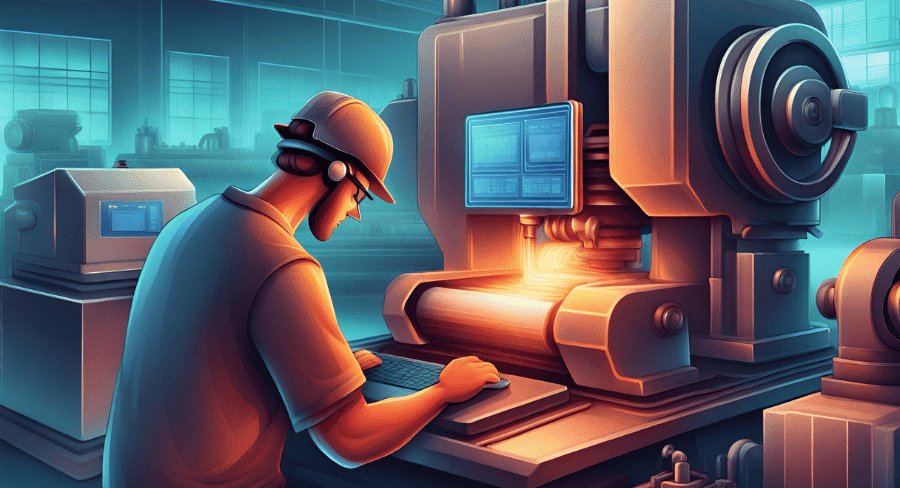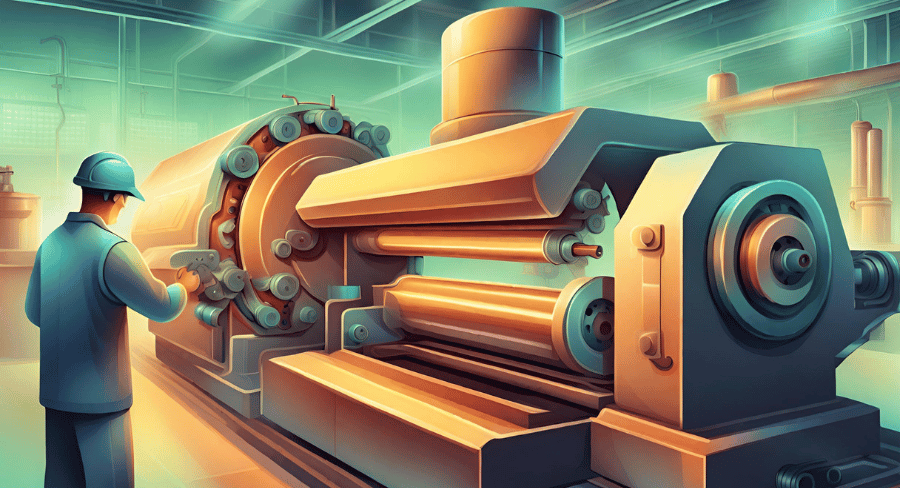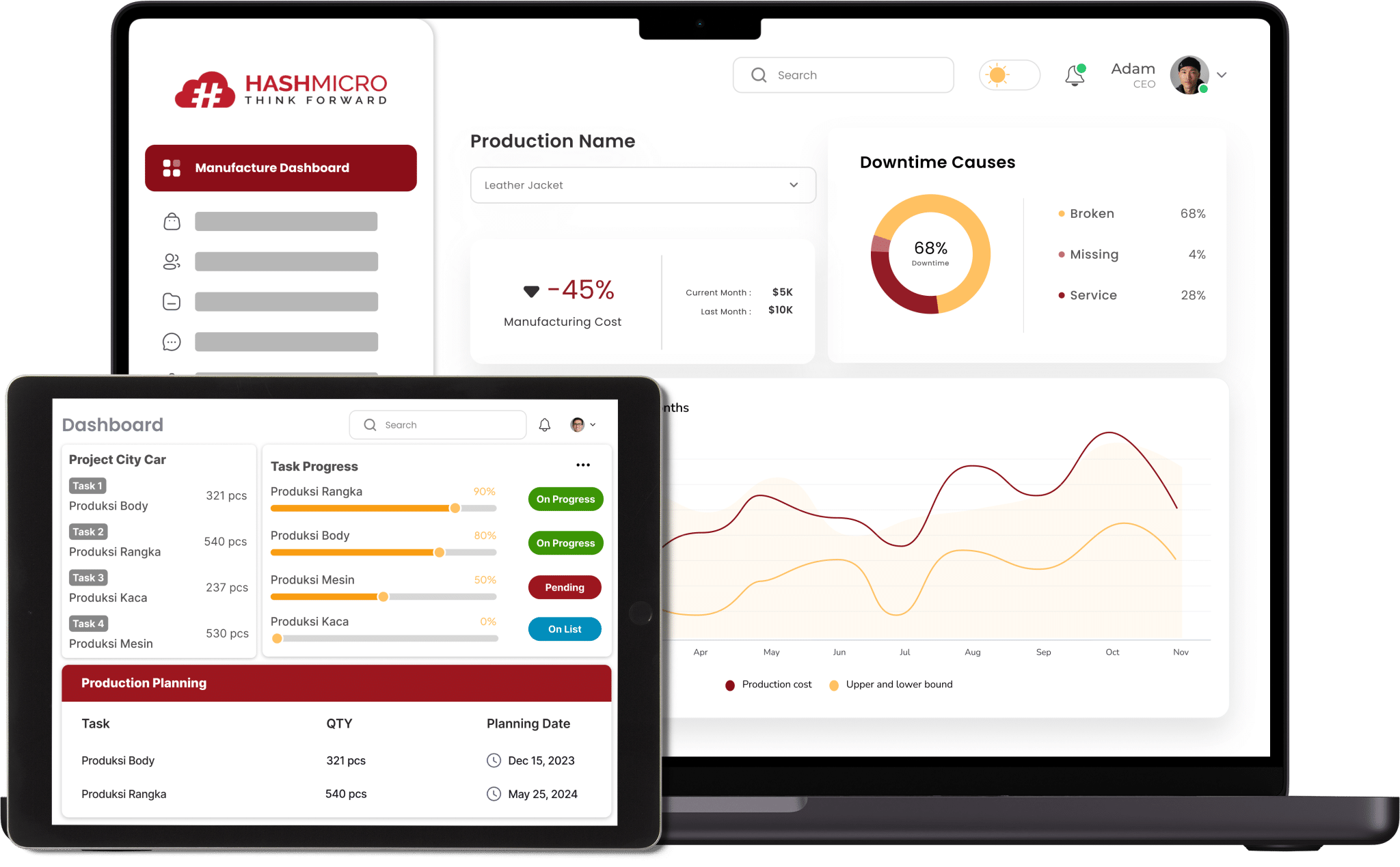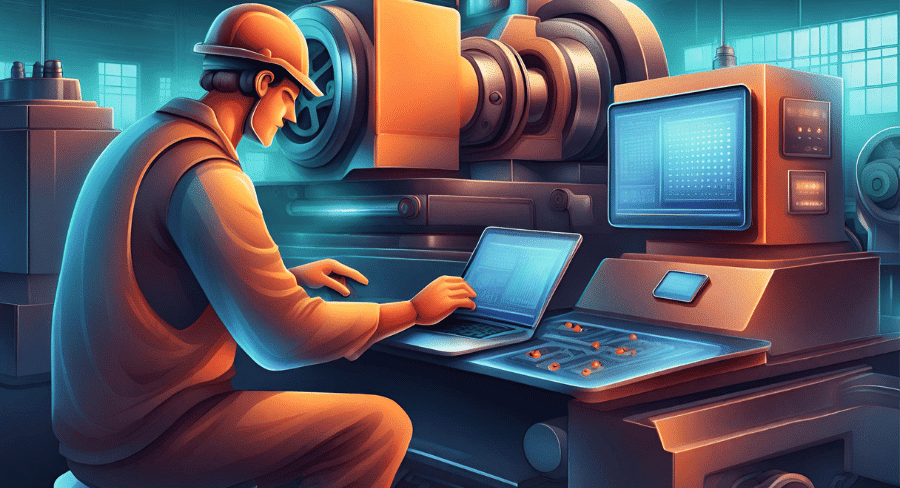Have you ever considered how vital maintenance management is in the Singapore manufacturing sector? Picture a bustling factory where each machine’s efficiency is pivotal. Without effective maintenance, the entire production line could grind to a halt, leading to substantial financial losses and operational disruptions. This is where the concept of machine manufacturing maintenance enters, a critical yet often overlooked cog in the manufacturing wheel.
Table of Content:
Table of Content
Key Takeaways
|
Understanding Machine Maintenance Management in Manufacturing
In the world of manufacturing, machine maintenance management is not just a routine task; it’s a strategic necessity. It involves overseeing and optimizing the performance and condition of industrial equipment.
This process is crucial for several reasons. Firstly, it ensures operational continuity by minimizing unexpected breakdowns and production stoppages. Secondly, it extends the lifespan of machinery, which is a significant capital investment for any manufacturing entity.
But it’s not just about fixing what’s broken. Advanced maintenance management encompasses proactive strategies to predict and prevent equipment failures before they occur. This approach translates to cost savings, enhanced safety, and increased productivity. For example, regular inspections and servicing can identify potential issues like wear and tear, enabling timely interventions.
Key Objectives and Benefits of Maintenance Management
Why prioritize maintenance management in manufacturing? The objectives and benefits are manifold:
- Reduced Downtime: Implementing routine maintenance significantly reduces the probability of unexpected machine breakdowns, ensuring uninterrupted workflow and minimizing production downtime.
- Cost Efficiency: Proactive maintenance, which includes regular checks and timely repairs, tends to be more cost-effective than dealing with major repairs or equipment replacements following a breakdown. It helps in controlling overall maintenance expenses and prevents unforeseen costs.
- Quality Assurance: Well-maintained machinery is more likely to consistently produce high-quality products with fewer defects, contributing to enhanced product quality and customer satisfaction.
- Safety: Regular checks, maintenance, and repairs not only prevent equipment failure but also contribute to a safer work environment by reducing the risks of accidents caused by malfunctioning machinery.
- Sustainability: Efficient maintenance practices not only optimize machine performance but also contribute to sustainable operations. They ensure optimal resource utilization, minimize wastage, and support environmentally friendly manufacturing processes.
By achieving these objectives, manufacturers can experience a significant boost in overall operational efficiency and profitability.
Exploring Different Types of Maintenance
Manufacturing maintenance is not a one-size-fits-all approach. It encompasses various strategies, each with its unique focus and benefits:
Preventive Maintenance
Preventive maintenance is a proactive approach involving regularly scheduled maintenance tasks, either based on elapsed time or usage thresholds, designed to avert potential equipment breakdowns or failures.
This systematic strategy aims to identify and address potential issues before they escalate into significant problems, ensuring machinery and equipment remain in optimal working condition.
By conducting routine inspections, lubrication, adjustments, and component replacements, preventive maintenance aims to extend the lifespan of machinery, improve reliability, minimize unexpected downtimes, and reduce overall operational costs for businesses in various industries.
This method allows for the early detection of wear and tear, enabling timely interventions to prevent equipment failure and maintain consistent productivity levels within manufacturing environments.
Predictive Maintenance
Predictive maintenance is an advanced maintenance approach that harnesses data and sophisticated analytics to forecast potential equipment failures before they occur.
By leveraging various data sources, such as sensor readings, historical maintenance records, performance metrics, and equipment telemetry, predictive maintenance employs algorithms and machine learning models to identify patterns and anomalies.
This enables the system to anticipate and predict when machinery or components are likely to fail or require maintenance. By continuously monitoring and analyzing real-time data, any deviations from normal equipment behavior can be detected.
Predictive maintenance not only forecasts potential breakdowns but also recommends the most appropriate actions, such as scheduling maintenance tasks or component replacements at the most opportune times.
This proactive strategy helps in optimizing maintenance schedules, reducing unexpected downtime, minimizing repair costs, and maximizing the lifespan of machinery, thereby enhancing overall operational efficiency for industries like manufacturing, energy, transportation, and more.
Corrective Maintenance
Corrective maintenance, also known as breakdown or reactive maintenance, involves repairing or fixing equipment or machinery after it has malfunctioned or experienced a failure. Unlike preventive or predictive maintenance, which focuses on preventing failures proactively, corrective maintenance is carried out in response to an equipment breakdown or when a fault is detected.
This type of maintenance is typically unplanned and reactive, initiated when an issue is reported or observed. Maintenance technicians or teams respond to these incidents to rectify the problem and restore the equipment to operational status. Corrective maintenance aims to address the immediate issue at hand, allowing the equipment to resume its intended function.
While corrective maintenance is essential for addressing sudden breakdowns, it often leads to unplanned downtime, increased repair costs, and potential disruptions to productivity. Overreliance on corrective maintenance can also impact overall equipment reliability and lifespan, as continuous breakdowns can contribute to increased wear and tear.
Condition-Based Maintenance
Condition-based maintenance (CBM) is a proactive maintenance strategy that relies on real-time monitoring and assessment of equipment condition to determine maintenance needs. Unlike time-based or usage-based maintenance approaches, CBM leverages sensors, data collection, and analysis to monitor equipment health and performance parameters.
This method involves continuously monitoring various factors such as temperature, vibration, pressure, fluid analysis, and other relevant indicators specific to the machinery’s operation. By analyzing this data, maintenance teams can anticipate potential issues or deviations from normal operating conditions.
The key benefit of condition-based maintenance is its ability to optimize maintenance schedules and reduce unnecessary maintenance activities. Instead of performing maintenance tasks at predefined intervals, CBM allows for maintenance actions to be scheduled precisely when needed, maximizing the useful life of equipment components and minimizing downtime.
Understanding these types helps in creating a customized maintenance strategy that aligns with specific manufacturing goals and the nature of the equipment used.
Implementing World-Class Maintenance Practices in Manufacturing
Adopting world-class manufacturing maintenance practices in manufacturing isn’t just about keeping machines running; it’s about achieving operational excellence. To implement these practices effectively, manufacturers should use a comprehensive manufacturing software such as HashMicro Manufacturing Automation that offers these features:
- OEE Tracking: Overall Equipment Effectiveness (OEE) tracking helps monitor the performance of manufacturing equipment in terms of availability, performance, and quality. It assists in identifying potential maintenance needs by analyzing downtime, production speed, and quality issues.
- Conveyor Belt Sensor IoT Integration: This feature can provide real-time data from the conveyor belt sensors, helping in predictive maintenance by monitoring the condition of the belt and detecting anomalies that might indicate the need for maintenance.
- Manufacturing Quality Control: This feature ensures that production processes meet specified quality standards. It helps in identifying equipment or process issues that might lead to maintenance requirements due to deviations from quality standards.
- Real-time Stock Input and Output for Production: While primarily focused on inventory management, this feature indirectly aids maintenance by ensuring that necessary spare parts or materials are readily available for maintenance tasks when needed.
- In-depth Reporting: The reporting feature can offer insights into the time spent on maintenance tasks, materials utilized for repairs, and data on finished goods produced. This information aids in analyzing maintenance efficiency and identifying areas that might need improvement.
Implementing these features within your predictive or preventive maintenance strategy can substantially enhance your ability to predict and prevent equipment failures, minimize downtime, and streamline maintenance schedules.
For a comprehensive understanding of how these functionalities can align with your business needs and to explore detailed pricing schemes, click on the banner below. Discover how these manufacturing software tools can optimize your predictive maintenance strategies!
Predictive Maintenance in Manufacturing: A Closer Look
Predictive manufacturing maintenance is revolutionizing how manufacturers approach machine upkeep. This method involves using data-driven insights to predict when a machine will require maintenance. The advantages of predictive maintenance are clear:
- Proactive Issue Resolution: Predict maintenance needs before they escalate into major problems.
- Optimized Maintenance Scheduling: Plan maintenance activities during non-peak hours to minimize production disruption.
- Extended Equipment Lifespan: Regular maintenance based on predictive data can prolong the life of machinery.
- Cost Savings: Reducing unplanned downtime and expensive repairs can lead to significant cost reductions.
Implementing predictive maintenance requires a robust data collection and analysis system, often involving sensors and advanced analytics software. This approach is particularly beneficial for critical or high-value equipment where unexpected downtime can be highly disruptive.
Conclusion
In conclusion, effective maintenance management is a cornerstone of successful manufacturing operations. Whether it’s through preventive, predictive, or other maintenance strategies, the goal remains the same: to ensure machinery runs smoothly, safely, and efficiently.
By embracing these maintenance practices, manufacturers can not only enhance their production quality but also gain a competitive edge in the market.
Interested in exploring maintenance management solutions? Discover how HashMicro’s comprehensive manufacturing software can streamline your manufacturing maintenance processes. Request a free demo today and take the first step towards optimized manufacturing efficiency!
FAQ About Manufacturing Maintenance
-
What is Manufacturing Maintenance?
It involves managing and optimizing the performance and condition of industrial equipment to ensure efficient production.
-
How Does Predictive Maintenance Work?
It uses data and analytics to predict when equipment might fail, allowing for timely maintenance and avoiding unplanned downtime.
-
What Are the Benefits of Maintenance Management in Manufacturing?
Benefits include reduced downtime, cost efficiency, quality assurance, enhanced safety, and sustainability.
-
Why is Maintenance Planning Important?
It ensures that maintenance activities align with production schedules and do not disrupt manufacturing operations.
-
How Can HashMicro Help with Manufacturing Maintenance?
HashMicro offers advanced maintenance management software solutions that streamline and optimize maintenance processes in manufacturing settings.





